I hope it’s been obvious from my recent posts, but in case it isn’t, I’d like to underscore the fact that the great bonsai exhibits in Japan feature some really great trees. The Taikan-ten in Kyoto is the second largest exhibit in Japan and it always includes some outstanding trees. Special displays feature Kokufu and Sakufu prize-winners. These are typically very large and very old bonsai. It can be difficult to keep such trees healthy, let alone move them from one bench to another. Their beauty reflects not only great bonsai skill, but also great caring as their maintenance over long periods of time requires considerable resources.
Although the show isn’t organized by size or variety, I’ve taken license in presenting like groups of trees for dramatic effect. Doing this helps remind me just how many fantastic pines, for instance, the show contained.
I hope you enjoy the photos below, and I’d like to wish you all a happy new year! I appreciate your readership and engaged comments – they mean a lot to me. To borrow a phrase from Peter Tea, thanks for reading!

Japanese black pine from Mr. Moriyama’s collection
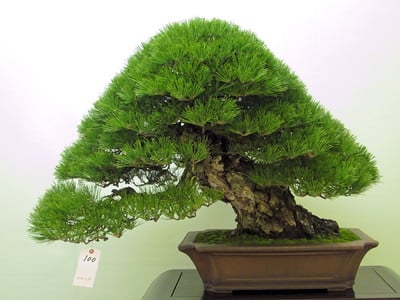
Japanese black pine – work by a Daiju-en graduate
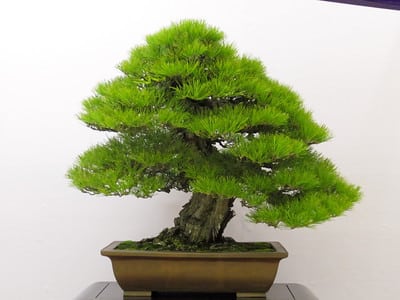
Japanese black pine – from Mr. Moriyama’s collection
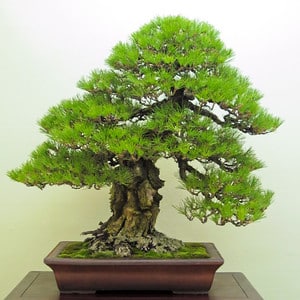
Japanese black pine
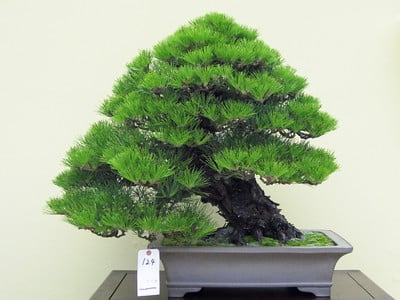
Japanese black pine displayed at this year’s Gomangoku
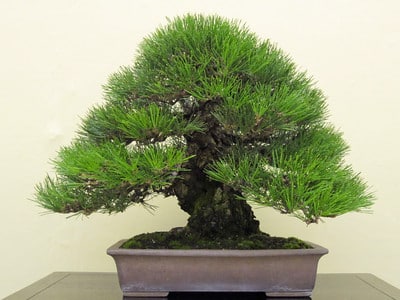
Japanese black pine
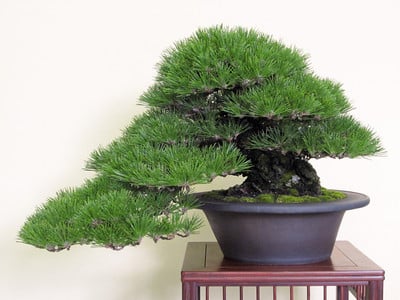
Semi-cascade Japanese black pine
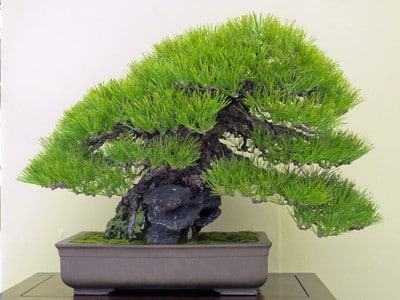
Japanese black pine on a rock
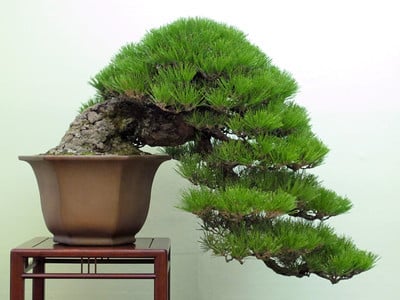
Cascade Japanese black pine
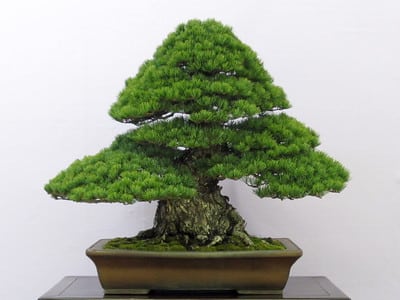
Japanese white pine from Mr. Moriyama’s collection – one of the trees I helped prepare for the exhibit
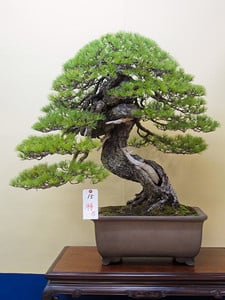
Japanese white pine – received 2011 Kokufu Prize and Prime Minister Award at the 2010 Taikan-ten
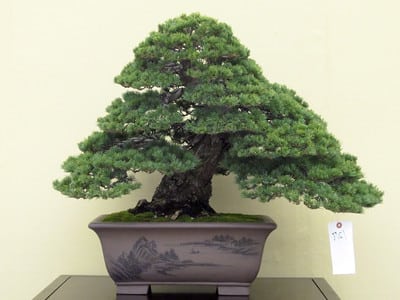
Japanese white pine – although the pot looks new, it’s likely over 100 years old
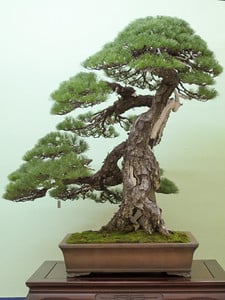
Japanese white pine – a great conversation piece
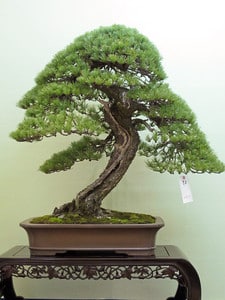
Japanese white pine
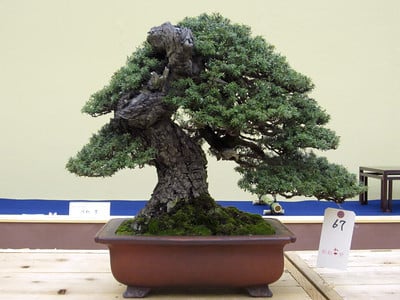
Hemlock – a favorite among many Taikan-ten visitors
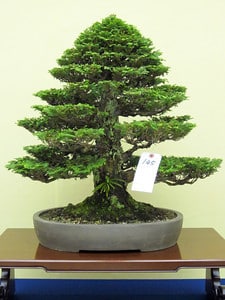
Formal upright hinoki bonsai
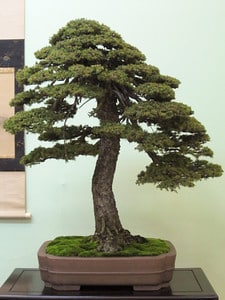
Ezo spruce
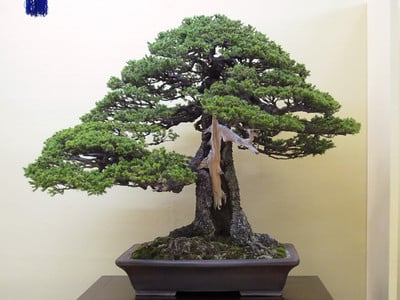
Ezo spruce – received 2011 Kokufu Prize
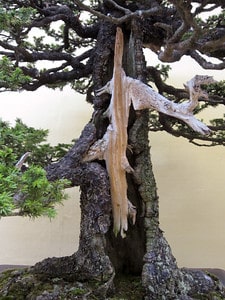
Ezo spruce – deadwood detail
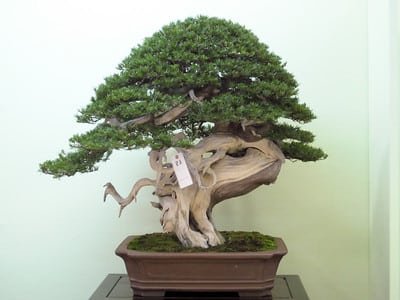
Needle juniper
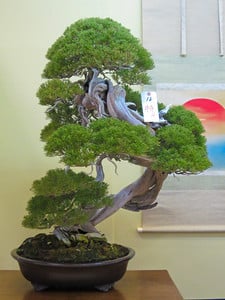
Shimpaku – received 2010 Sakufu Prize
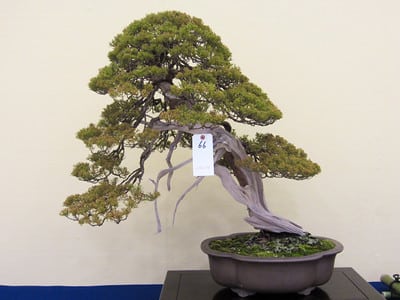
Shimpaku
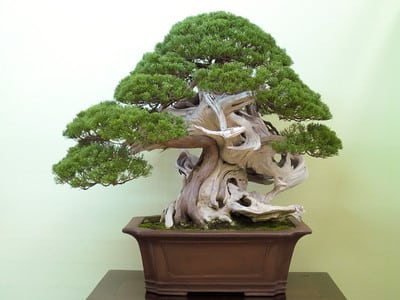
Shiimpaku
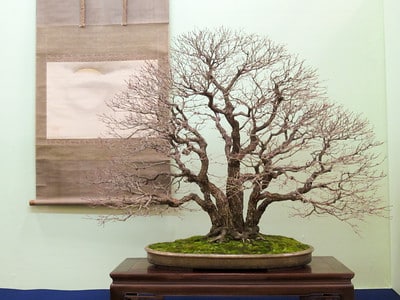
Roughbark Japanese maple
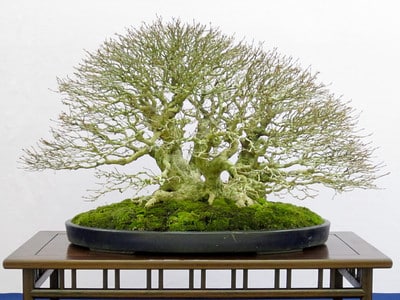
Trident maple – from Mr. Moriyama’s collection
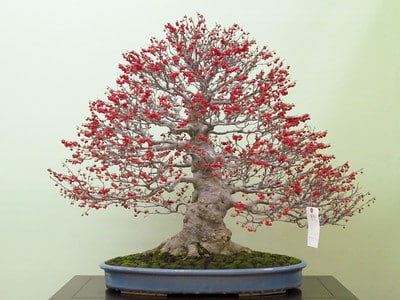
Japanese winterberry – work by a Daiju-en graduate
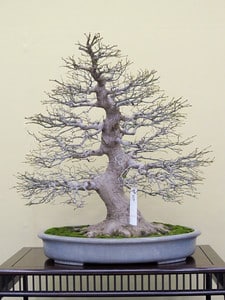
Japanese maple
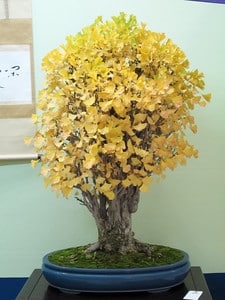
Ginkgo
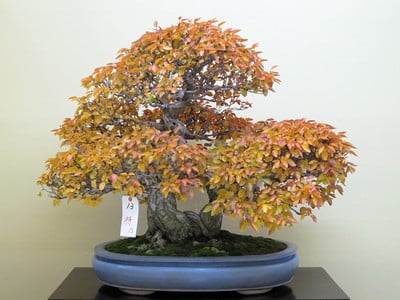
Korean hornbeam – received 2011 Kokufu Prize
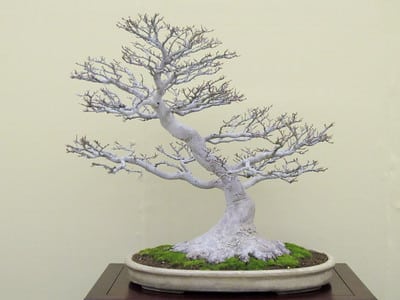
Japanese maple – possibly shishigashira
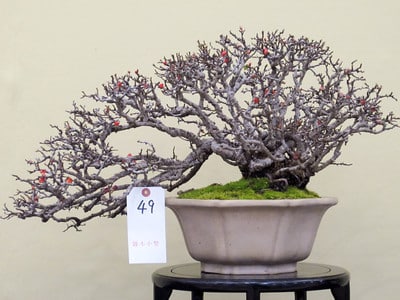
Japanese flowering quince – ‘Chojubai’
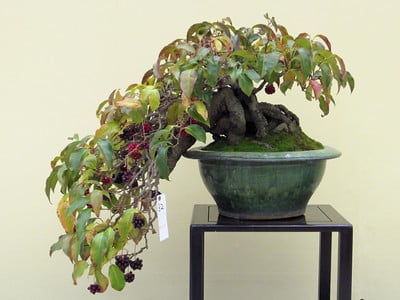
Kadsura
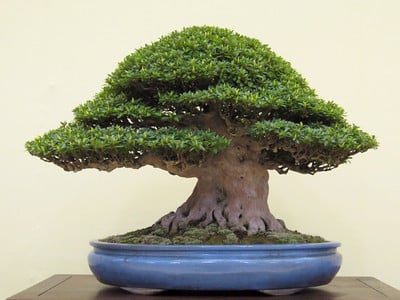
Satsuki azalea
Subscribe to Bonsai Tonight
New Posts Delivered Every Tuesday and Friday
Frank says
Jonas,
Great Photos of the show. I Always enjoy your Blog. I am sure you had a great time spent in Japan. Was nice to meet you there.
All the best —–Happy New Year !
Judy B says
Wonderful trees, and photos, thanks for sharing them. Looking at the second Ezo Spruce, I wonder how the eye poker jin was received. I imagine that here most would be told to remove it, or turn the tree… I like trees that challenge the “rules”, but wouldn’t have thought to see one in a Japanese show…
Daniel Dolan says
Jonas:
A great advantage for for all of us having you there in Japan…… recording all of these exceptional trees.
My follow up question concerns the same Ezo Spruce……what is your reaction or any of those that you heard?
Best regards,
D/D
xwires says
Hi Daniel, Judy – thanks for the comments. The tree is likely more valuable because of the deadwood. It provides a glimpse of the original core of the tree and now floats in the center of the open trunk. The tree was recognized as special earlier this year as it won the Kokufu Prize. Two other Kokufu prize-winners appear above – the second white pine and the hornbeam. I added a close-up of the ezo’s deadwood for a better look.
Theartofabthomas says
great post i need to get one they look amazing thanks for sharing
Gary Wharton says
Jonas
I am totally amazed and impressed. Thanks for sharing your trip. .
I have enjoyed followig your bonsai adventures. Very well done, interesting, informative and human.
You have my appreciation and gratitude
Happy New Year to you and yours
Gary Wharton
Edward says
Great trees and photography. Thanks for taking the time to share.
jeremiah lee says
Fantastic Pictures thanks for sharing!
Judy B says
So…. in a close up look it appears that the deadwood goes UP, inside the hollow not OUT? and the part of the deadwood branch that does go out, is off to the side? I believe I understand this now, if this is the case. Thanks for the followup.
Bruce Winter says
In this display of extraordinary bonsai that Ezo spruce is over the moon!
GUNG HAY FAT CHOY !
bonsaiireland says
Love the photos of perfect trees of art!